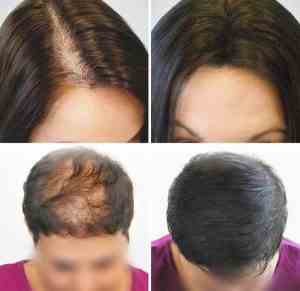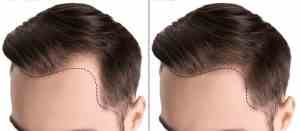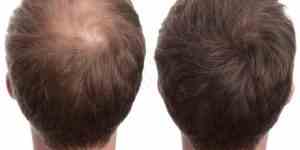
What is the hair transplant process?
Hair loss is due to many reasons, including genetics, including excessive secretion of male hormone, in addition to various factors such as an insufficient or adequate diet, exposure to trauma, surgery, or as a result of pregnancy.
And hair falls out in men and women alike, but in a different way.
In men, it tends to take certain sites, and it is gradual, which is suitable in most cases for hair transplant operations, while women’s hair tends to fall out scatteredly, which prevents easily reaching a satisfactory result.
Hair restoration techniques began to be used in the nineteenth century, and these techniques have continued to evolve to this day, in an attempt to make the appearance of transplantation appear natural and acceptable.

Surgeon Consultation
Consulting a surgeon is the time to share your concerns and problems and discuss your expectations with full frankness.
As for the surgeon, he will be able to get to know you, understand your needs, examine you and review the proposed operation in all its details.
If you are a male, the surgeon will examine your hair, assess the extent of baldness you suffer from, and try to determine whether it is genetic or not.
It will also decide whether the donor area is sufficient to cover the empty spaces in one session or if it requires several sessions.
Once the surgeon has finished the examination, he will discuss with you his surgical plan and the type of improvements he sees. If you do not like it or meet your expectations, do not fear your opinion.
If you are female, it is very important for your surgeon to assess the extent of your hair loss.
Usually, hair transplantation in specific areas leads to good results, regardless of the cause of hair loss, whether trauma, burn, or previous surgery.
As for hair loss scattered in more than one area, it is more complex.
How is hair transplantation performed?
The first stage of this procedure involves transplanting a piece of skin containing hair from the back of the head under local anesthesia.
For this purpose, you will be asked to lie on your stomach with your face looking out from a circular opening that helps you breathe.

When the surgeon has finished taking the piece, he stitches up the wound, and you wait in the same room or you are escorted to another place to rest for some time.
During this period, your surgeon, with the help of specialized technicians, is busy cutting the large piece of skin into very small pieces, each containing one or two hairs or a few hairs.
Once the implants are ready, you will be taken back to the operating room.
Where the bald area is injected with anesthetic and the hair is transplanted according to the surgeon’s plan.
What can I expect from the surgery after hair transplantation?
At the end of the operation, your head is bandaged and you may feel some tightness and tightness in the area from which the tissue was taken, but this feeling soon fades.
The pain can often be tolerated and treated with analgesic drugs.
There are few bruises after this type of surgery.
The swelling arises, especially if the front hairline (front of the head) is transplanted. The swelling usually appears two to three days after surgery, but it quickly subsides. This swelling can be limited to the implant area and the forehead, but it may sometimes extend to include the eyebrows and the area around the eyes.
The recovery period after a hair transplant is short, and you can even resume your normal activities the day after surgery, but most patients prefer to take a few days off due to swelling and crusting.

The swelling usually disappears within four to five days, as we have already mentioned, between them the crusts do not fall until after seven to fourteen days have passed.
Usually the transplanted tissues are pink and sometimes purple.
However, this change in color is transient, and soon eventually blends in with the color of the surrounding skin.
It’s okay to use a well-ventilated hat or even a wig, although some surgeons oppose this for the first week.
The day after surgery, your dressings are removed, the transplanted tissues are examined and the dressings changed with lighter dressings.
It is possible to shower two days after the surgery, but you must be careful not to rub the transplanted tissue.
before and after :
[metaslider id=”2482″]
